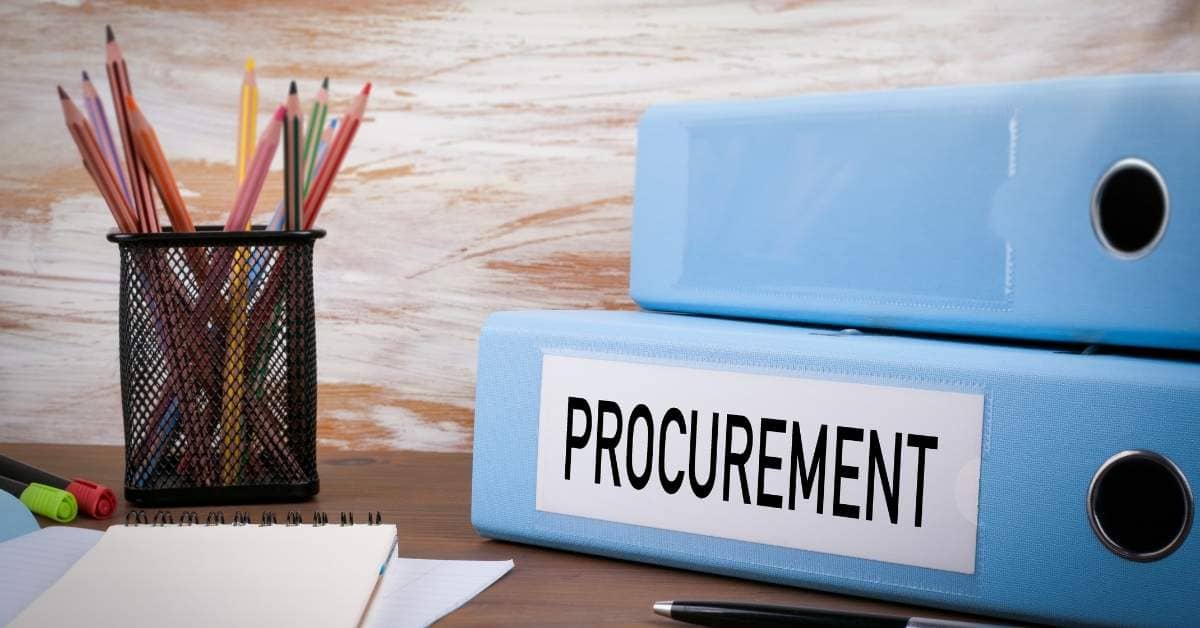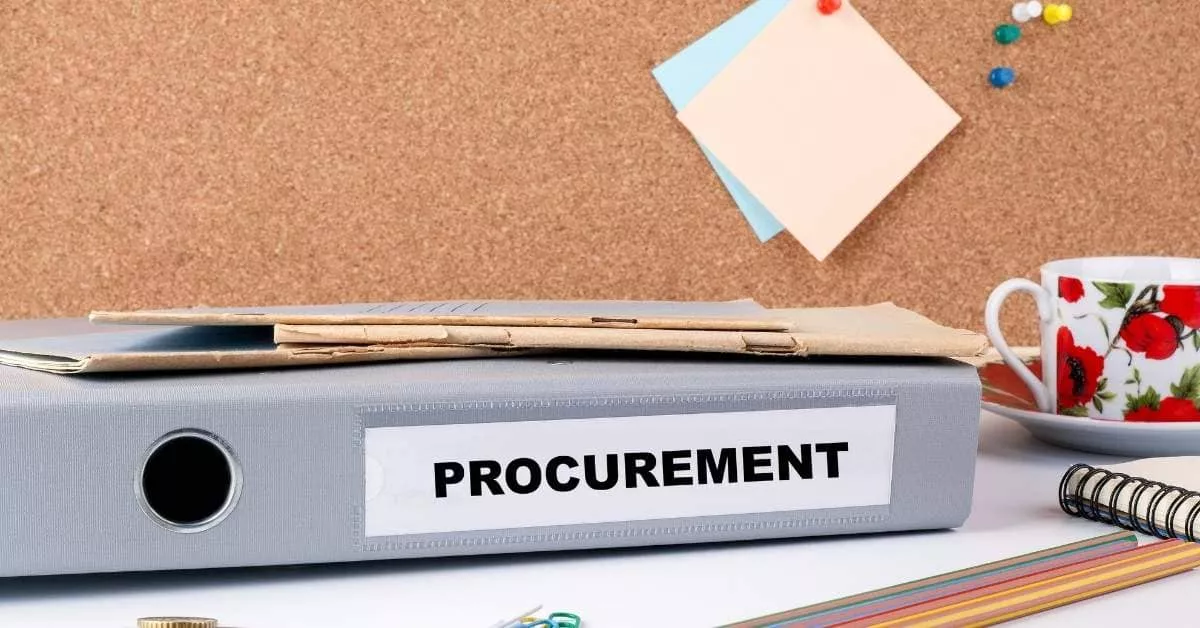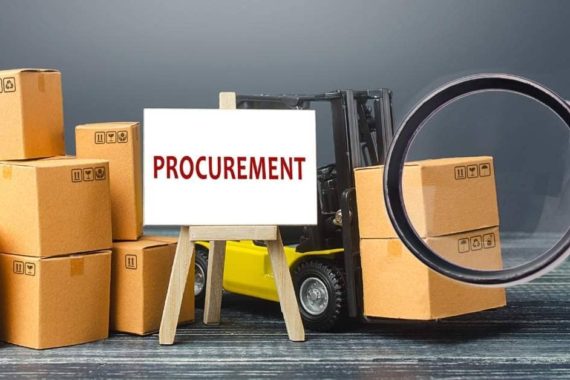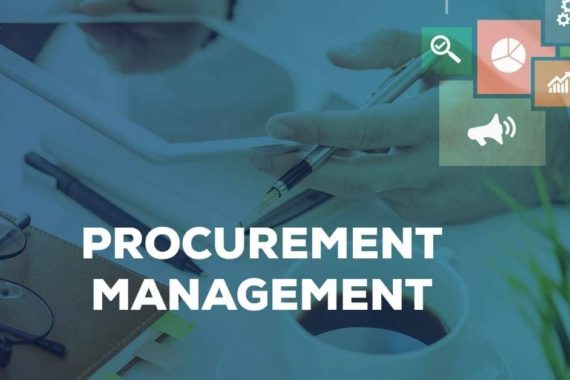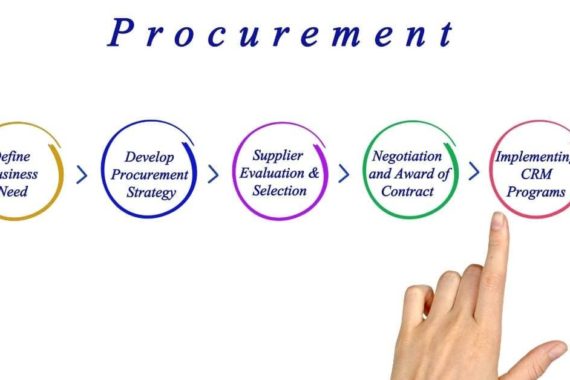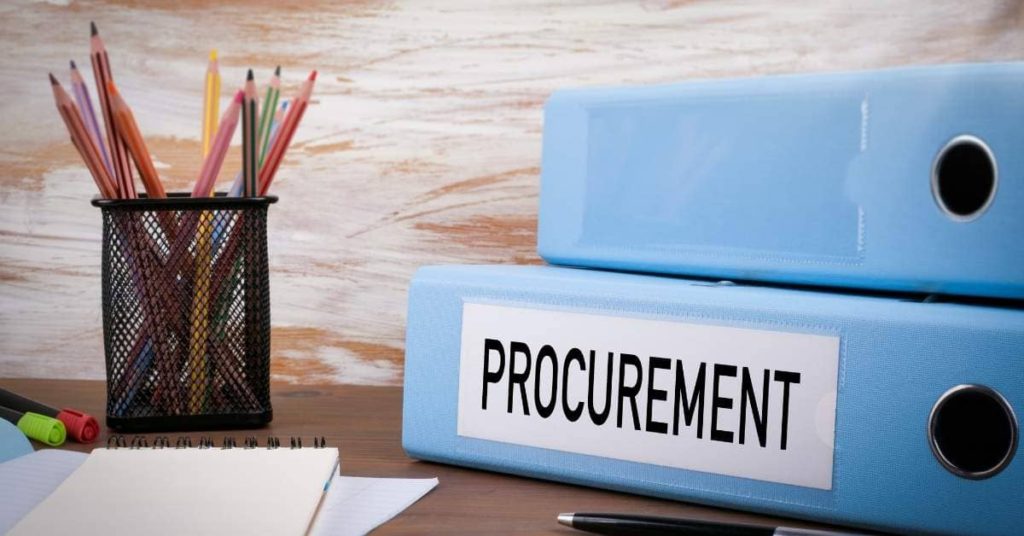
Introduction
Procurement Process is a necessary evil for all businesses. It’s vital to ensure your business has the right supplies, equipment, and services to operate effectively. But most people don’t consider procurement until they have a problem; they think of it as a chore — essential, yet boring.
As an entrepreneur who has built companies from the ground up, I can tell you that effective procurement practices are actually the difference between success and failure. The right procurement process helps you save money on goods and services, increase efficiency in your operations, ensure compliance with your suppliers, and much more.
Having worked in the construction industry for over 20 years where I built both commercial buildings and startups from scratch, I understand how challenging it can be to get procurement right. That’s why I’m going to share some hard-earned lessons on what you need to know about crafting an efficient purchasing decision-making process — along with 5 best practices that will help you improve your relationship with suppliers and reduce costs while building high-quality products at lightning speed!
What is Procurement and Why Should You Care?
Procurement is the process of acquiring goods, services, and resources by an organization. Procurement processes can be broken down into six core steps:
- Identify Requirements
- Select Vendors
- Negotiate Terms & Conditions of Contract/Agreement with Vendor(s)
- Award Contracts to Vendors (or select No Bid Alternative)
- Monitor and Control Contract Performance (including payment for goods or services rendered, if applicable)
- Close Out Contracts (if appropriate for your business needs).
How to Build an Effective Procurement Process for your Business
A procurement process should be the backbone of your business. It will help you save time and money, ensure that you’re getting the best possible products and services at the lowest price, and make your life easier in many more ways.
But how can you build an effective procurement process for your company? What defines an effective procurement process? How do you ensure that it’s efficient and flexible enough to adapt to changes as needed?
This guide will answer all these questions—and more!
The 6 Core Steps of an Effective Purchase Decision-Making Process
The six core steps of an effective purchase decision-making process are:
- Identify the need
- Research and evaluate alternatives
- Select the best alternative
- Negotiate the terms of the agreement
- Implement the agreement
The best practices for a successful purchase decision-making process include using technology to streamline, improving data and reporting, implementing continuous improvement, and fostering a culture of learning and information sharing.
5 Best Practices For A Successful Purchase Decision-Making Process
- Identify the right people to be involved in the process.
- Set clear expectations and goals.
- Don’t rush the process.
- Have a clear procurement process in place. It’s important that this is well documented so that everyone involved knows exactly what their role is and how it fits into the overall scheme of things, but also so that you can use it as an audit trail if necessary (e.g., “I was supposed to sign off on this contract before it went out for tender”).
- Use technology to make your purchase decision-making process more efficient – don’t just rely on old-fashioned spreadsheets! If you’re looking for software specifically designed for complex processes like this one, check out our selection of procurement solutions here: https://www.procurementsoftwarereviews.com/procurement-software/. You could also check out our article “How To Find The Best Procurement Software For Your Company” which has lots of helpful tips about choosing and implementing procurement solutions: https://www.procurementsoftwarereviews/best-procurement-software/.
3 Ways To Ensure Successful Supplier Relationships Throughout The Procurement Process
- Understand the supplier’s needs.
- Understand the supplier’s capabilities.
- Understand the supplier’s constraints.
- Make sure that everyone knows who to contact when they need to get in touch with you, both within your company and externally with customers, partners, etcetera…this includes primary contacts as well as backups in case there is an issue with one of them being unavailable at any given time (which happens).
- Make this information accessible via an internal website/database or by having it on hand for anyone who might need it (such as customer service reps).
Whether you’re a founder of a startup or a manager in a large organization, the procurement process can be the difference between success and failure.
Whether you’re a founder of a startup or a manager in a large organization, the procurement process can be the difference between success and failure. Without it, your business won’t function properly as you won’t have suppliers to provide you with quality goods and services at competitive prices. The procurement process is also important for finding new suppliers that work well within your business model and culture so that they can provide their products or services promptly when needed.
Conclusion
I’m really glad you managed to read all the way through my blog post. As you could probably tell, I had a bit of trouble at the beginning because there was so much content! That’s why I split it up into different sections, as opposed to trying to cram everything into one giant post. But now that you’ve made it past all the parts, I think I can wrap things up nicely and give you some final thoughts. With regard to the title of this part of my blog post: We have covered quite a lot of different topics in this section.
There were quite a few tips and tricks in here for building your own procurement process successfully for your business, working with suppliers and clients alike, and even some tips about how best to choose vendors for your business or project. What we learned is those strong relationships can be built between both parties involved in procurement through good communication and friendly transparency. If people feel valued by their companies they are more likely to want to work hard towards creating a successful project—and make sure everyone wins!

